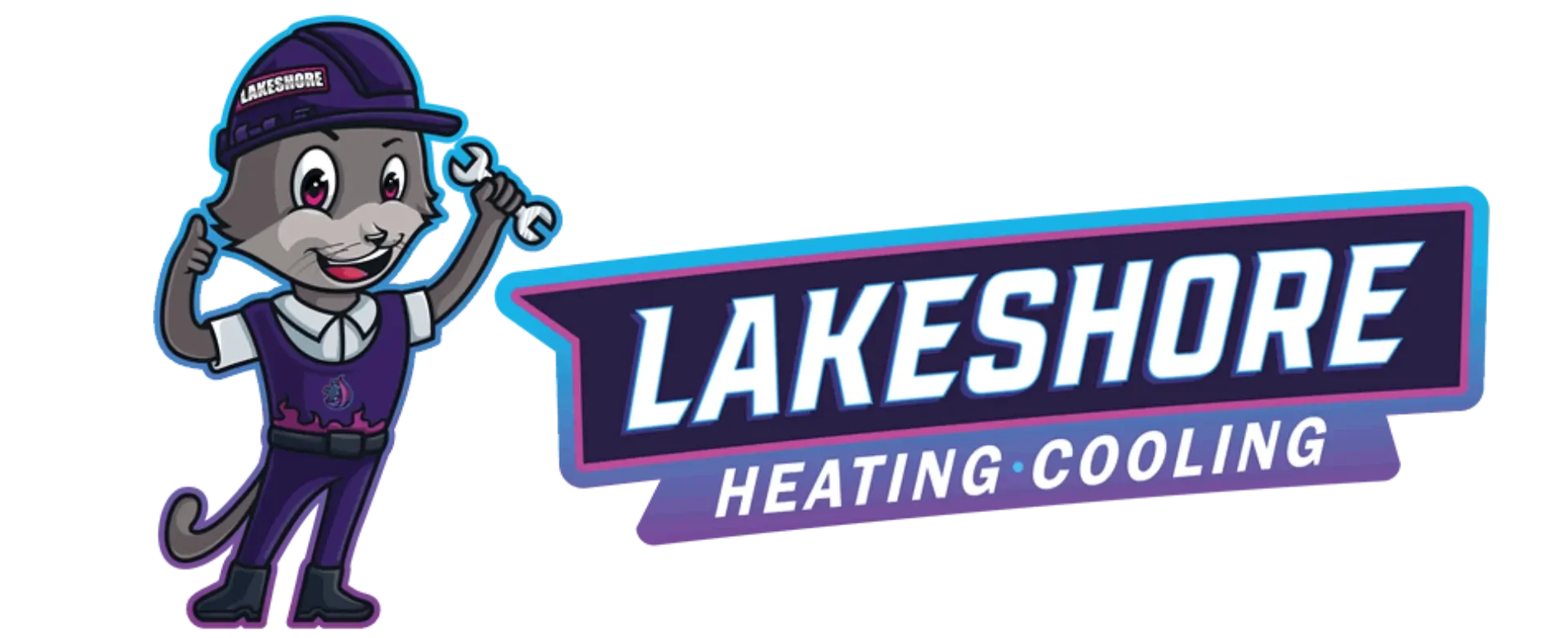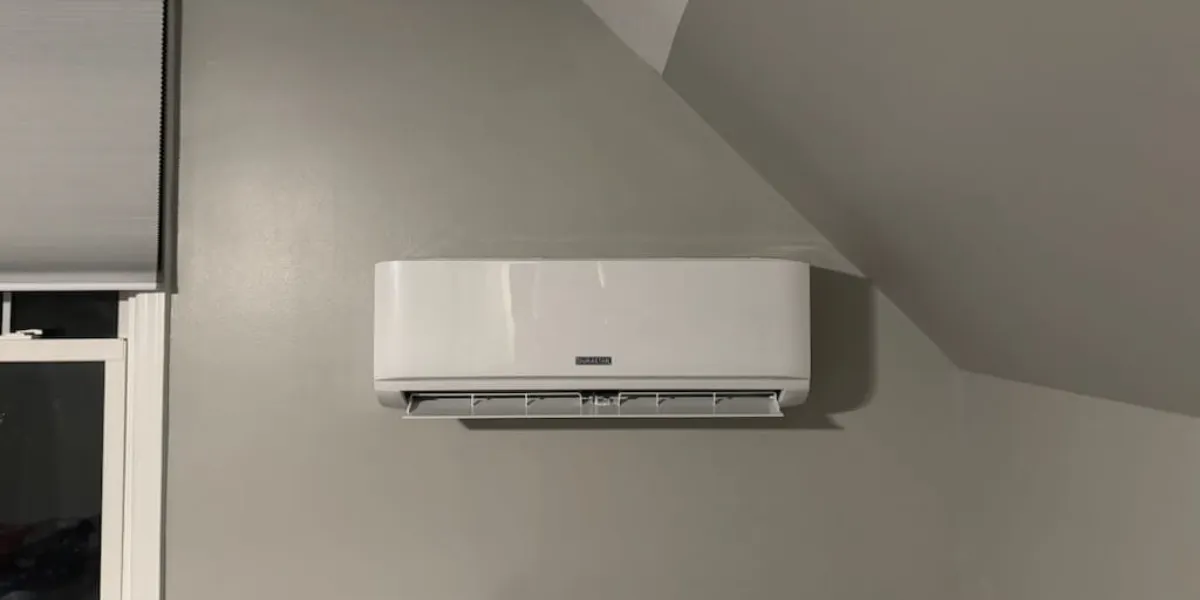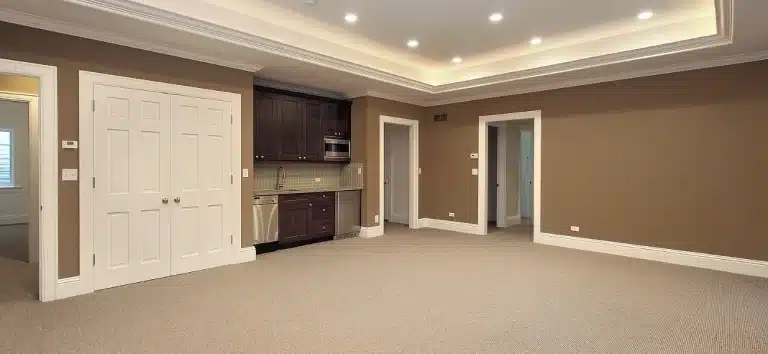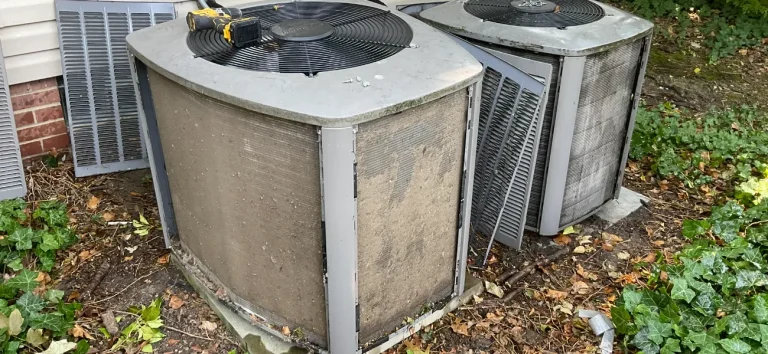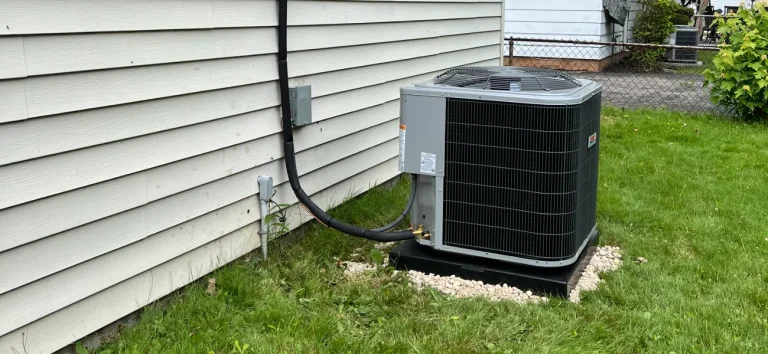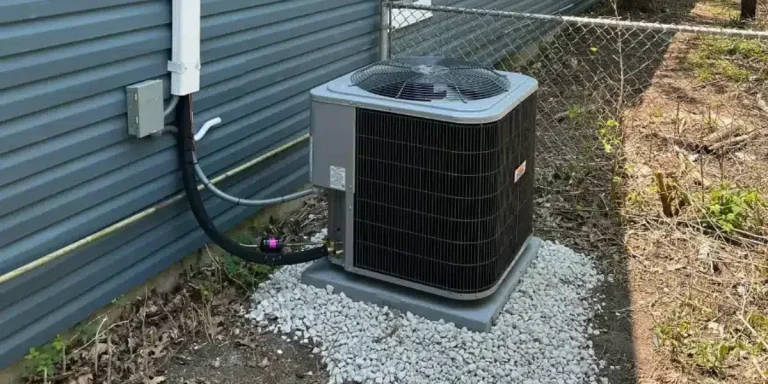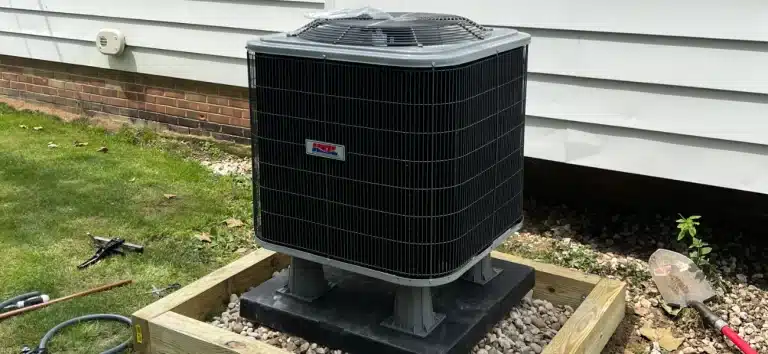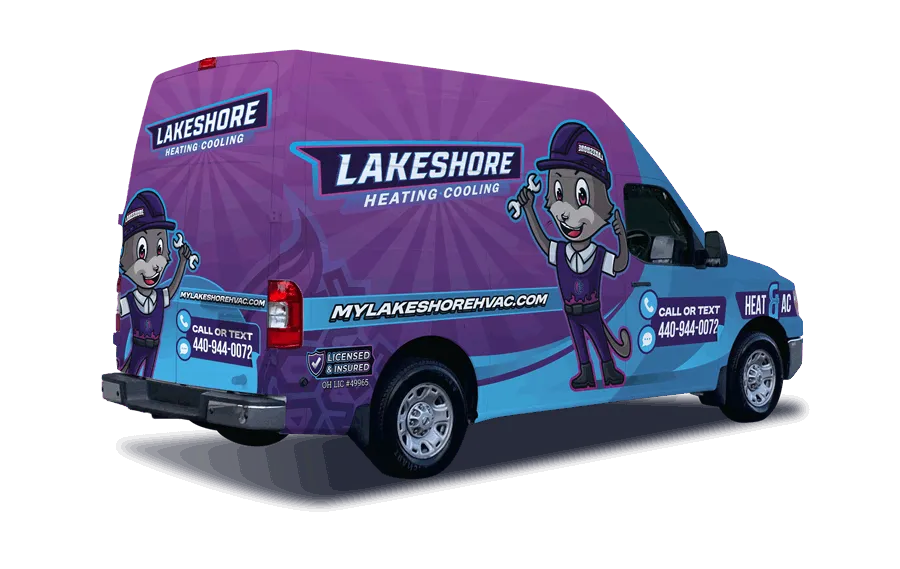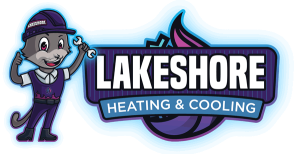Ductless vs. Central AC Systems for Painesville Homes
Choosing the right cooling system for your home in Painesville, Ohio, isn’t just about comfort—it’s about efficiency, cost, and long-term reliability. Two of the most common residential cooling options are ductless mini-split systems and traditional central air conditioning. But which one is better for your home?
At Lakeshore Heating & Cooling, we help homeowners in Painesville and surrounding areas make informed decisions based on their home layout, budget, and comfort goals. This guide compares ductless vs. central AC systems so you can confidently choose the best option for your home.
What Is a Central AC System?
Central air conditioning systems use a single outdoor unit and an indoor air handler to cool your entire home through a system of ducts. They’re a popular choice in homes that already have ductwork installed.
Key Features of Central AC:
-
- Cools the entire home uniformly
- Controlled by a single thermostat
- Requires ductwork throughout the home
- Typically paired with a furnace in a forced-air system
What Is a Ductless Mini-Split System?
Ductless mini-splits are HVAC systems that deliver cooling (and often heating) directly into individual rooms or zones, without the need for ductwork. Each indoor unit connects to an outdoor condenser, and the system can be scaled for one room or multiple areas.
Key Features of Ductless AC:
-
- No ductwork required
- Zoned temperature control
- Ideal for additions, older homes, or areas without ducts
- Quiet, compact, and highly efficient
Comparing Ductless vs. Central AC in Painesville
Choosing the right cooling system depends on more than just personal preference—it also involves your home’s construction, how you use different rooms, and your goals for long-term efficiency. Let’s take a deeper look at how ductless and central air conditioning systems stack up in key areas for Painesville homeowners.
1. Home Size and Layout
The design and layout of your home can strongly influence which system performs better.
-
-
- Central AC systems are ideal for homes with open floor plans and a consistent need for cooling throughout. Because they push air through a single duct system, they’re well-suited to larger homes where temperature consistency across rooms is a priority.
- Ductless systems, on the other hand, shine in homes with more segmented or uneven layouts. They’re especially useful in older homes where ductwork doesn’t exist or can’t easily be added. They’re also great for multi-use homes—like those with finished basements, detached garages, or converted attic spaces that may not connect to the main HVAC system.
-
Local example: A Painesville homeowner with a 100-year-old colonial was able to cool their upstairs bedrooms efficiently using a ductless mini-split, avoiding invasive duct installation in their plaster walls.
2. Installation Cost
Installation costs vary widely depending on your home’s structure and existing equipment.
-
-
- Central AC installations often involve higher upfront expenses if ductwork needs to be added, repaired, or sealed. If your home already has ducts in good condition, the installation becomes more straightforward and cost-effective.
- Ductless systems usually have lower labor and remodeling costs, especially when retrofitting a home without ducts. However, keep in mind that if you need to cool multiple rooms, the cost of multiple indoor units can add up.
-
Pro tip: In many cases, combining one ductless unit with an existing system (a hybrid approach) offers a cost-efficient solution for additions or hot spots in the home.
3. Energy Efficiency
Energy savings are often a top priority, especially during the humid summers we experience here in Lake County.
-
-
- Ductless systems offer unmatched efficiency for homes with targeted cooling needs. Since they bypass ducts altogether, they avoid the energy loss (often 20–30%) common in older ductwork systems.
- Central AC systems can still be efficient, especially with newer high-efficiency models that meet ENERGY STAR® standards. However, the overall performance depends heavily on duct condition, insulation levels, and thermostat use.
-
For families in Painesville trying to reduce long-term energy costs without compromising comfort, ductless mini-splits are often a smart investment—especially when paired with zone-based cooling strategies.
4. Comfort and Control
Temperature consistency and control are major factors in choosing the right system.
-
-
- Ductless systems provide independent control over each unit, allowing you to fine-tune comfort room by room. This is ideal for homes with varying sun exposure, multi-generational families, or homeowners with guest rooms that are rarely used.
- Central AC systems deliver consistent cooling throughout the home but typically rely on a single thermostat to control the entire space. While newer systems can incorporate zone controls, this feature usually requires additional upgrades and investment.
-
If you want a system that adapts to how you live—cooling only the rooms you use—ductless technology offers the most flexibility.
5. Aesthetics and Noise
Visual appeal and noise level are often overlooked until after installation—but they matter.
-
-
- Ductless systems have a clean, modern look, but they are visible in the space. Indoor units are typically mounted high on a wall or ceiling. On the plus side, most mini-splits operate at whisper-quiet levels, often quieter than a refrigerator.
- Central AC systems are mostly hidden behind walls, ceilings, and vents, making them less intrusive visually. However, if your ductwork passes through unconditioned spaces or lacks proper insulation, the system may generate more ambient noise from airflow or vibration.
-
Noise note: For light sleepers or people sensitive to background noise, a ductless system’s quiet performance can make a noticeable difference in bedroom comfort.
Which Cooling System Is Right for Your Painesville Home?
If you're deciding between a ductless mini-split and a central air system, the right choice depends on how your home is set up and what kind of comfort you're looking for.
Central air conditioning is great for homes that already have ductwork. It cools the entire house evenly and uses a single thermostat to control the temperature. Most of the system is hidden behind walls and ceilings, so only the vents are visible. If your goal is whole-home comfort with minimal visual impact, central AC is often the way to go. Just keep in mind—if your home doesn’t have ducts, installing them can add to the cost.
Ductless mini-splits are ideal for homes without ductwork, or for cooling specific areas like a finished attic, basement, or home office. They let you control the temperature in each room separately, which can save energy and keep everyone more comfortable. While the indoor units are visible on the wall, they’re quiet, compact, and easy to use.
Still not sure which is best? We can help. At Lakeshore Heating & Cooling, we’ll take a look at your home, talk through your needs, and recommend the most efficient and cost-effective option for you.
Areas We Serve
Lakeshore Heating & Cooling proudly serves homeowners throughout Lake County and Cuyahoga County, including:
- Eastlake
- Willoughby
- Mentor
- Painesville
- Wickliffe
- Willowick
- Kirtland
- Concord Township
- Fairport Harbor
- Madison
- Perry
- Surrounding Northeast Ohio communities
If you’re in or near any of these cities and need help choosing or installing a cooling system, we’re just a phone call away.
Get the Right AC System for Your Home
If you're deciding between a ductless mini-split and a central AC system, let our experienced HVAC team help. At Lakeshore Heating & Cooling, we provide expert guidance, professional installations, and high-efficiency solutions that fit your needs and budget.
Call us today or request an estimate online. We proudly serve Eastlake, Painesville, Willoughby, Mentor, and all surrounding areas with expert air conditioning services you can count on.
